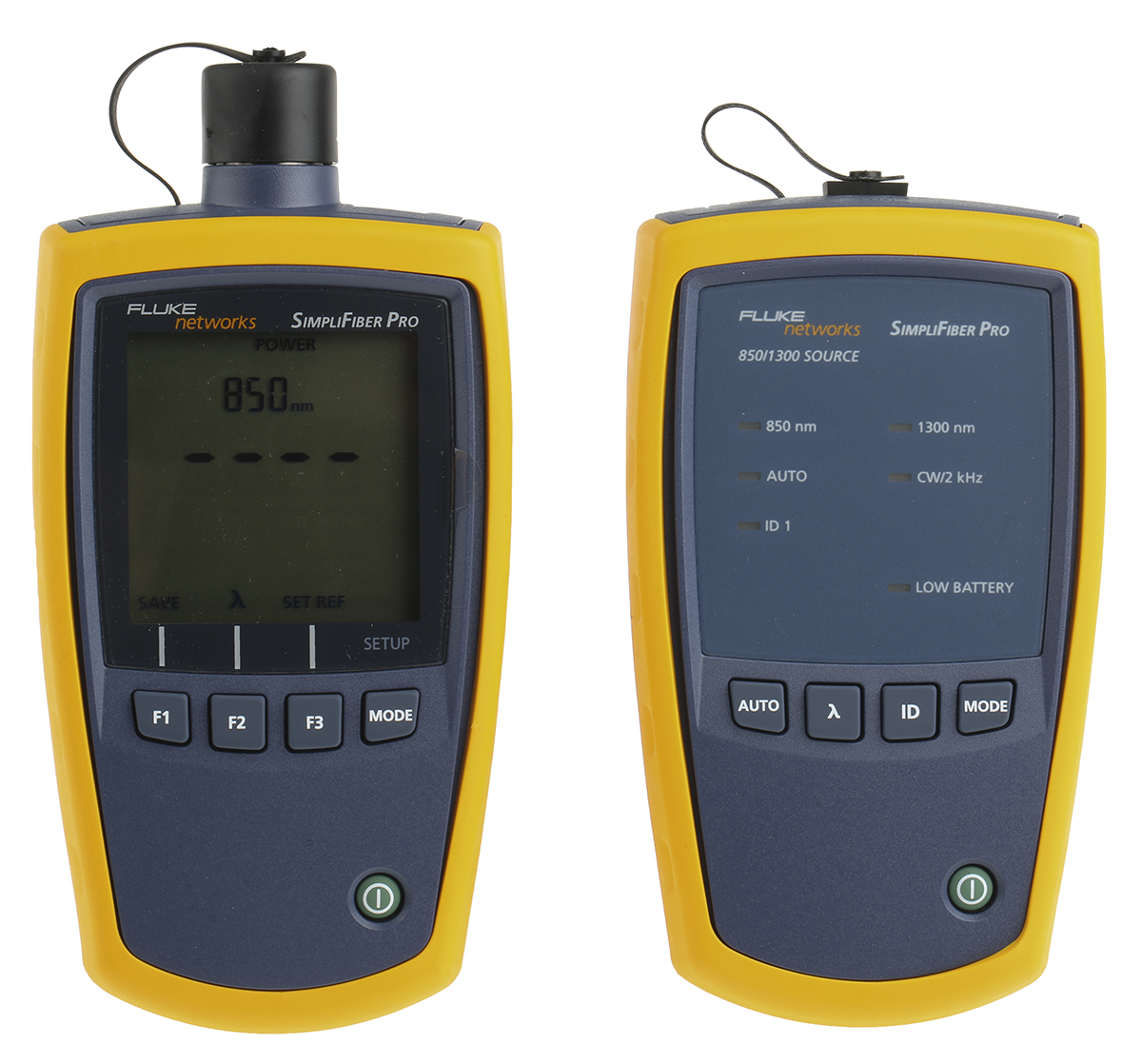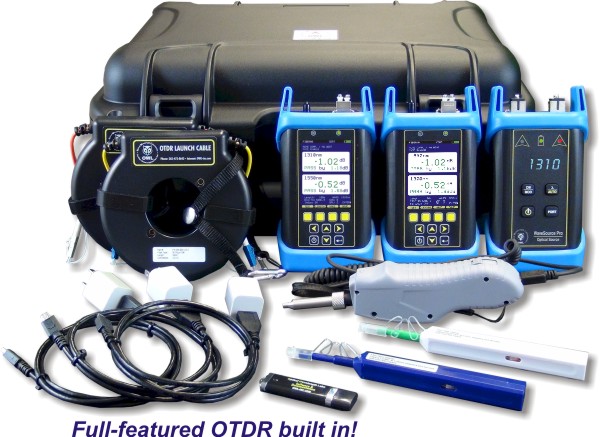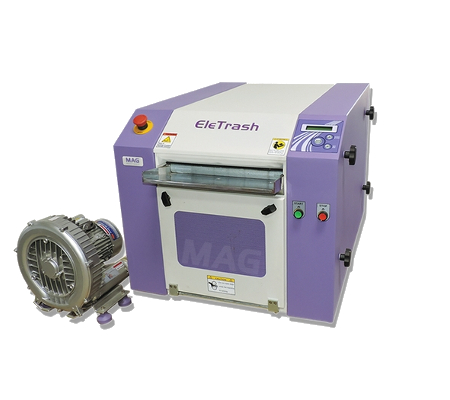A Comprehensive Overview to Optical Measurement System for Fiber Analysis
When it pertains to fiber evaluation, understanding optical measurement systems is essential for evaluating performance and ensuring high quality. You'll discover important methods like interferometry and spectroscopy, which aid you gauge key specifications. There's more to it than simply these techniques; understanding depletion measurement methods can considerably affect your network's performance. As you browse via this overview, you'll uncover insights that can transform your method to optical fiber.
Recognizing Optical Measurement Equipments
When you check out optical measurement systems, you'll find they're necessary for assessing fibers with accuracy. These systems make use of light to examine various qualities of fibers, including diameter, refractive index, and harmony. By using strategies like interferometry and spectroscopy, you can get important insights into the fiber's properties.You'll locate that these systems are made to decrease mistakes and improve accuracy, making sure trusted information for your analysis. Different configurations, such as single-mode and multi-mode systems, accommodate certain fiber types, permitting you to pick the most effective suitable for your needs.Moreover, the assimilation of sophisticated software application tools aids you interpret the information effectively, making it simpler to identify any kind of variances or problems. As you investigate deeper right into these measurement systems, you'll appreciate exactly how they improve the logical process and improve the overall top quality of fiber production and screening.
Secret Parameters for Fiber Evaluation
Trick specifications for fiber evaluation play a necessary role in establishing the high quality and efficiency of optical fibers. When you review a fiber, you'll want to focus on attributes such as attenuation, data transfer, and modal diffusion. Attenuation gauges the loss of signal strength as light trips through the fiber. A lower attenuation worth indicates much better quality and longer transmission distances - fiber measurement.Bandwidth describes the data-carrying capability of the fiber and is essential for high-speed communication. You'll require to assess the data transfer to assure it meets your application requirements. Modal dispersion, which occurs from the various rates at which light travels with numerous settings in multimode fibers, influences signal clarity
Techniques for Depletion Measurement

Transmission capacity and Its Effect on Performance
Comprehending bandwidth is crucial for enhancing fiber efficiency, as it directly affects the amount of information that can be transmitted over a network. Greater transmission capacity indicates you can send out more details at the same time, permitting for faster communication and far better overall efficiency. When you're collaborating with optical fibers, it's crucial to consider just how data transfer connects with fiber qualities, such as core dimension and product properties.If the bandwidth is limited, you might experience data loss or slower rates, influencing your applications. Additionally, different sorts of fibers can sustain varying data transfer degrees, so it is very important to choose the ideal fiber for your details needs.You should also maintain in mind that ecological variables, like temperature and outside disturbance, can affect transmission capacity. By recognizing these aspects, you can make enlightened decisions to enhance your fiber optic systems, making certain reputable and effective information transmission.
Refractive Index Measurement Approaches

Complete Interior Reflection
Overall internal representation (TIR) works as a basic concept for measuring the refractive index of fibers. When light trips from a denser medium to a much less dense one, it can just be fully mirrored if the angle of occurrence exceeds a certain threshold, called the crucial angle. This sensation allows you to establish the refractive index by examining the angles at which light reflects or refracts. By utilizing a configuration that routes light right into a fiber and determines the resulting angles, you can compute the refractive index properly. Understanding TIR not just enhances your fiber analysis yet likewise boosts the design and efficiency of optical systems. So, leveraging TIR can cause more efficient fiber-based applications.
Interferometric Methods
Structure on the concepts of complete internal reflection, interferometric techniques offer a powerful ways for determining the refractive index of fibers with high accuracy. These techniques make use of the disturbance patterns developed when beams split and recombine after traveling different courses. You can use setups like the Michelson or Mach-Zehnder interferometer to analyze stage changes triggered by modifications in refractive index. By very carefully adjusting your system and examining the resulting fringes, you can determine the refractive index with amazing accuracy. It's essential to maintain stable ecological problems to decrease mistakes. With these methods, you'll improve your understanding of fiber properties, leading to far better efficiency in different applications, from telecommunications to sensor modern technology.
Modal Diffusion and Its Importance
Modal dispersion describes the dispersing of light pulses as they travel through a fiber, which can influence the total performance of the system. You'll see that this phenomenon can bring about signify distortion, impacting data transmission rates and Full Report quality. Recognizing its relevance Home Page is vital for enhancing fiber optic designs.
Interpretation of Modal Diffusion
In optical fiber communications, modal diffusion plays a considerable role in establishing signal top quality and transmission rate. It occurs when various light modes take a trip at varying rates with the fiber. Since each mode has unique paths and attributes, they can show up at the obtaining end at different times. This moment difference can bring about indicate dispersing and distortion, which can break down the overall performance of the interaction system. You might run into modal dispersion largely in multimode fibers, where the multiple courses of light exacerbate the problem. Recognizing modal dispersion is necessary for optimizing fiber styles and ensuring that your communication systems run efficiently, keeping the integrity of the transmitted signals over longer distances.
Results on Fiber Efficiency
Understanding modal diffusion aids highlight its effects on fiber performance. This sensation takes place when different modes of light traveling at differing speeds within the fiber, resulting in signify dispersing over time. As you examine optical fibers, you'll notice that enhanced modal diffusion can substantially degrade signal high quality, leading to lowered transmission capacity and longer transmission distances. In useful terms, this indicates your information can get here altered or postponed, influencing overall communication effectiveness. To mitigate these results, you may consider using single-mode fibers, which minimize modal diffusion. By picking the best fiber type and comprehending just how modal dispersion affects performance, you can improve transmission high quality and guarantee dependable information transfer in your optical measurement systems.
Tools and Technologies for Optical Measurements
When it involves optical measurements, numerous cutting-edge tools and modern technologies read this article go to your disposal to boost fiber analysis. You'll find fiber optic testers, which examine signal top quality and performance, essential for maintaining perfect network efficiency. Optical time-domain reflectometers (OTDRs) are critical for locating faults and gauging loss over distances, offering detailed insights into fiber honesty. Furthermore, spectrometers can analyze light spectra, helping you determine product buildings and composition.Don' t ignore the relevance of imaging systems, like digital microscopic lens, that enable you to visually examine fiber surfaces for issues. Consider making use of polarization analyzers to determine tension and stress in fibers, which is necessary for comprehending their actions under different problems. By leveraging these devices and technologies, you can substantially improve your fiber evaluation processes, making sure reliability and high efficiency in your optical networks.
Regularly Asked Inquiries
What Are the Costs Connected With Optical Measurement Equipments?
The costs connected with optical measurement systems can differ considerably. You'll need to examine equipment prices, maintenance charges, software licenses, and possible training costs. Budgeting meticulously will assist you avoid unforeseen financial obstacles down the line.

How Typically Should Fiber Analysis Be Performed?
You should execute fiber evaluation on a regular basis, normally every 6 months or after significant changes in the atmosphere (optical measurement system). This guarantees ideal performance and helps determine prospective concerns prior to they impact your system's performance and reliability
Can Optical Measurement Systems Be Calibrated at Home?
Yes, you can calibrate optical dimension systems in the house, however it requires precision. Make sure you adhere to the maker's standards, make use of ideal calibration requirements, and confirm your results to guarantee accuracy in your dimensions.
What Industries Frequently Use Optical Measurement Solutions?
You'll discover optical measurement systems widely utilized in industries like telecoms, production, health care, and research study. They're necessary for quality assurance, fiber evaluation, and ensuring exact measurements in numerous applications, improving efficiency and accuracy throughout markets.
Exist Any Type Of Security Worry About Optical Measurement Systems?
Yes, there are safety interest in optical dimension systems. You ought to always use protective eyeglasses to protect your eyes from intense lights and warranty proper training to deal with equipment securely and avoid accidents.